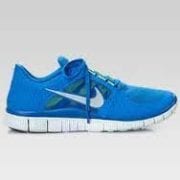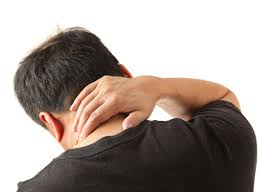Healthy Habits for a Happy Fall!
Tips to Stay Healthy this Fall
Don’t let the cooler temperatures and diminishing sunlight hinder your health. Try our top tips to stay healthy this fall so you can enjoy all that the season has to offer!
Breathe:
In through the nose until the lungs are full and hold for 5 seconds. Exhale completely and repeat for 3 full breaths. Do this 3 times a day to minimize stress, clear the airways and free your mind. Taking deep belly breaths triggers the parasymapthetic nervous system which takes us out of fight or flight and into rest and digest. This lowers our stress levels, inflammation, and tension in the body.
Explore Daily Movement:
Find a time in your day that you can commit to moving your body. This could be as simple as a 10 minute walk outside, yoga, going to a gym, or something adventurous like indoor rock climbing! Movement is medicine so find what feels good for you and your body.
Eat In-Season Foods:
Fall foods are heartier and nourishing while also supporting the immune system. Make your favorite soups & stews and save leftovers for quick meals & easy lunches!
Reorganize, Clean & Donate:
Although we associate spring with decluttering, autumn is the perfect time to take stock of things in your life, organize and let go of the old to make room for the new. Clean your closets, cupboards, computers and even your mind of unused, unnecessary items.
Take Vitamin D:
Especially in Michigan, we lose a lot of sunlight in the fall and winter. Vitamin D is essential for immune function as well as a healthy mind! We often start to feel we’ve got the winter blues, and vitamin D is helpful at combating those feelings while supporting our immune system, bones, and teeth.
Try an At-Home Lympathic Massage:
If you tend to experience sinus issues or are prone to colds in the fall and winter, we recommend trying out at home lymphatic massage. Stimulating our lymph nodes promotes proper drainage and flow of the sinuses. This allievates sinus pressure and headaches as well as lowering inflammation. Here is a video we recommend for more information and a good how-to! https://www.youtube.com/watch?v=6laR5c_y2IA
Get adjusted:
Regular adjustments improve mobility, circulation, drainage & physical well-being. Don’t let a nagging injury linger into the holiday season!
Learn more about “Living with the seasons.”
Interested in receiving a chiropractic adjustment? Click here to schedule!




 We understand how frustrating it can be to deal with chronic neck pain. Missing out on family activities, taking sick days and just not feeling yourself can be downright demoralizing. Fortunately, for over 10 years we’ve helped patients resolve their neck issues so they can get back to living their life and doing the things they love. Here are the top 5 causes for neck pain and our advice for relief and resolution:
We understand how frustrating it can be to deal with chronic neck pain. Missing out on family activities, taking sick days and just not feeling yourself can be downright demoralizing. Fortunately, for over 10 years we’ve helped patients resolve their neck issues so they can get back to living their life and doing the things they love. Here are the top 5 causes for neck pain and our advice for relief and resolution:




